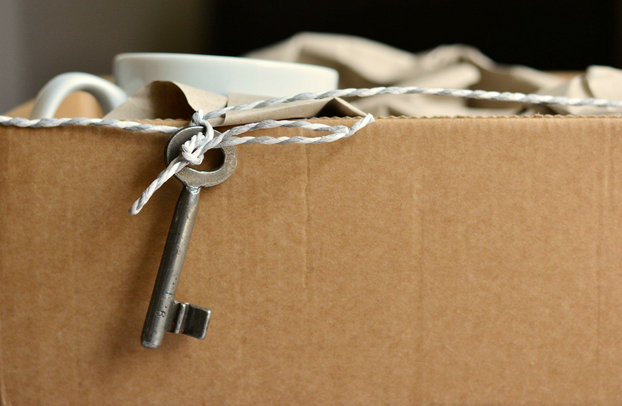
Image source: www.theguardian.com
In the UK we often enjoy more than 150 days of rain every year. Of course, we’re using the term enjoy loosely here. But, regardless of all the cancelled picnics and desperate searches for an umbrella, England’s soggy climate could be harnessed for use in and around your home.
According to government statistics, the average homeowner uses 150 litres of drinking water a day, and half of this is used to flush our toilets, wash our clothes, and water our lawns. By harvesting rainwater, you could lower your water bill by 50%, and also help to reduce the waste of filtered drinking water.

Image source: www.cwpc.co.uk
The process is extremely simple. Rainwater falls and gets collected in your gutters, which is then directed to your tank. The implemented filtration system filters out any debris from the gutters and this washes away in the next rainfall. Then, whenever you flush your toilet, connect your hose to an outdoor tap, or your washing machine starts a cycle, a pump inside the tank pushes the water out to wherever it’s needed. If it’s a particularly dry season with low rainfall, there is a switch to reconnect to the mains supply so you won’t be left without any water.

Image source: nexusbs.co.uk
There are some things to consider before going through with the process. Firstly, you’ll need a space large enough to fit a water tank in, although the sizes vary. You’ll also need to decide whether you want the tank underground, which will require excavation but keeps the tank at a constant temperature, or above ground, meaning the tank is exposed to fluctuations in weather during summer and winter.
Another important decision to make is whether you want to use the harvested rainwater solely for outdoors (watering plants, washing vehicles etc.), or for indoor use too (toilets and washing machines). Unfortunately, rainwater is non-potable and so cannot be used for drinking, bathing or cooking.
The cost of a harvesting system can start from as little as £500 for above ground, outdoors use only tanks. For higher quality, underground, indoor and outdoor use systems, prices can stretch to upwards of £2000. While it may seem like quite an expense, harvesting rainwater will not only pay for itself in the long run but it also benefits the environment.
For advice on whether rainwater harvesting is the right choice for you, click here.




 POSTED BY
POSTED BY 

